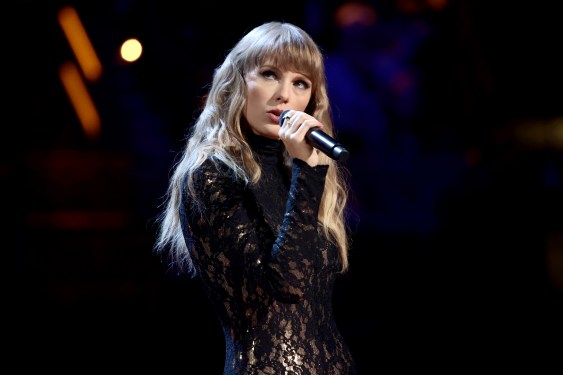Here’s the rewritten article following the specified guidelines:
Taylor Swift’s Return to TikTok: A Nostalgic Renewable
After a decade-long absence, Taylor Swift’s music has reemerged on TikTok. The platform now features her more recent tracks and ‘Taylor’s Version’ cuts, thanks to a unique licensing arrangement.
The Licensing Controversy
When Universal Music Group (UMG) couldn’t reach a new licensing agreement with TikTok, UMG took drastic measures. They issued a scathing press release accusing TikTok of attempting to "bully" them into accepting a deal worth less than their previous contract. UMG framed their decision as defending emerging artists and ensuring fair compensation for all parties involved.
UMG’s statement highlighted how TikTok selectively removed the music of developing artists, while keeping platform-driving global stars intact. The platform’s tactics were clear: leveraging its influence to intimidate vulnerable artists into conceding to an unfavorable deal that undervalues music and shortchanges both artists and their fans.
Taylor Swift’s Strategic Return
Despite UMG’s decision, Taylor Swift has taken matters into her own hands. Having navigated similar disputes with her ‘Taylor’s Version’ tracks, she is using her platform to reimagine her career on TikTok. Her return marks a significant moment in her 18-year music career.
The Impact on UMG and TikTok
UMG’s decision to pull Taylor Swift’s music from TikTok has sparked debate among industry stakeholders. While some view it as a strategic move to protect emerging artists, others argue that platforms should prioritize diversity and inclusion over short-term profits.
TikTok’s response to the controversy remains unclear. The platform’s role in curating content and its influence on streaming services are critical issues in the current music landscape. As Taylor Swift reenters the digital space, her strategy could set a precedent for future licensing decisions involving both artists and platforms.
Conclusion
Taylor Swift’s return to TikTok represents more than just a nostalgic moment; it signals a potential shift in how platforms handle artist negotiations. UMG’s decision highlights the complexities of modern music licensing, while Taylor Swift’s strategic approach offers valuable insights into navigating such disputes.
As these issues evolve, the interplay between platforms and artists will undoubtedly remain a key area of focus in the dynamic world of digital media.

